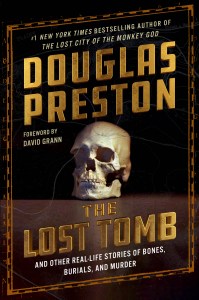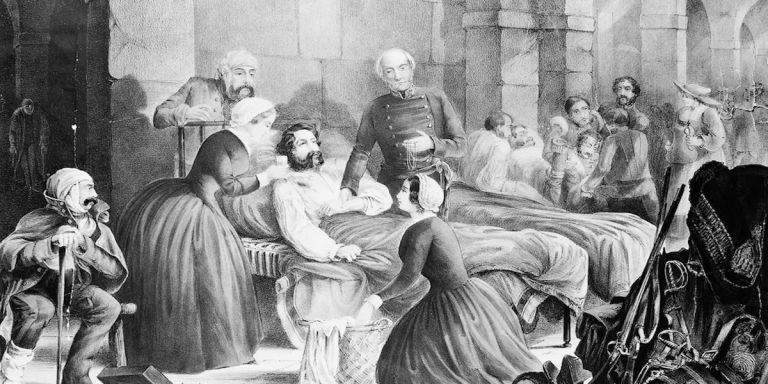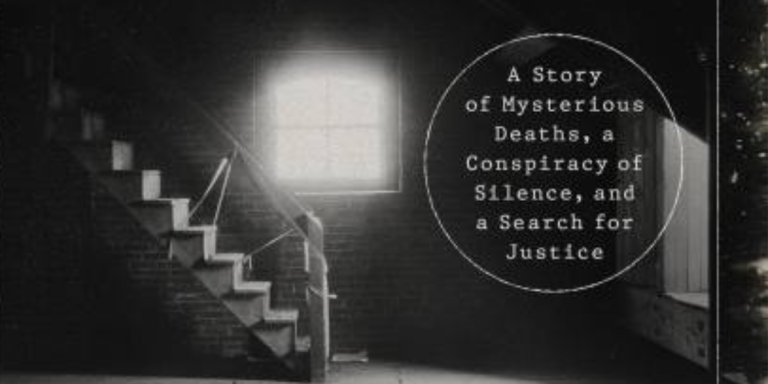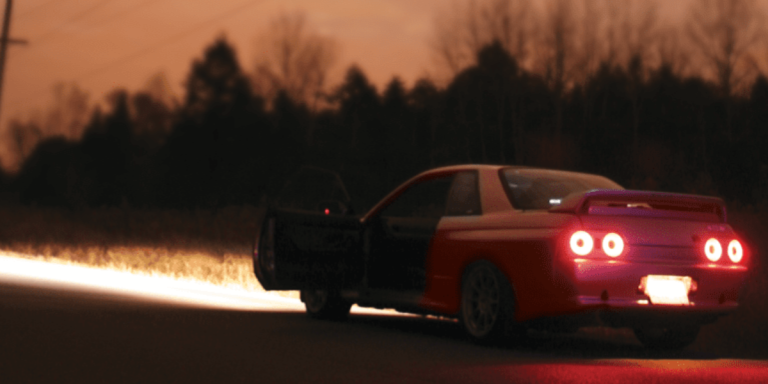The Lost Tomb and Other Real-Life Stories of Bones, Burials, and Murder
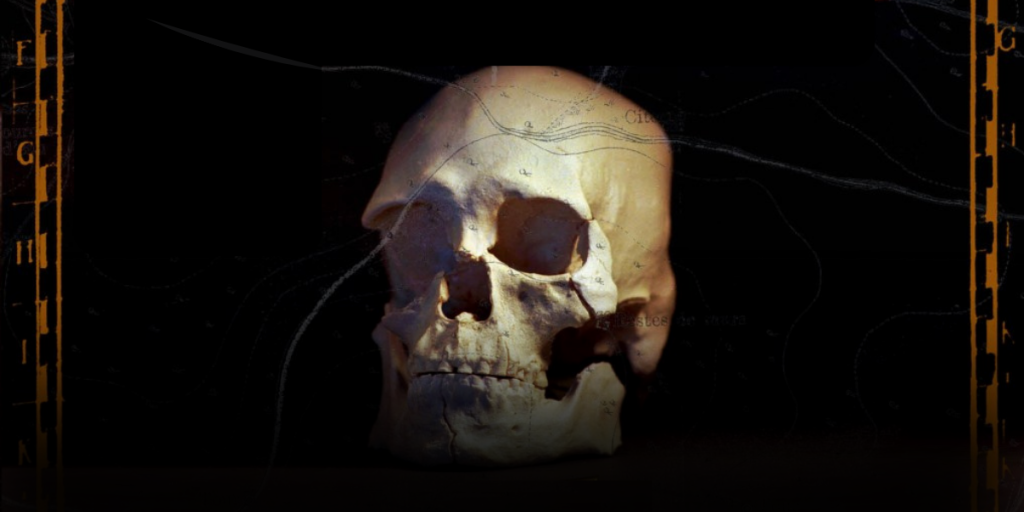
THE MOST COMMON question a novelist is asked is: Where do you get your ideas? The Lost Tomb is my answer. I could never have become a novelist without first being a nonfiction journalist. Many of the central ideas in my novels, and the ones I’ve written with Lincoln Child, originated in histories that are absolutely true, albeit often bizarre and disturbing.
My mother told us children many stories about buried treasure. It was one of her favorite subjects. At my grandparents’ cottage on the coast of Maine, there was a rock on the shore, uncovered only at low tide, on which was carved a worn and barely readable inscription:
RK 1743
The rock, my mother said, had been carved by a pirate to help mark the location of a treasure he had buried on a nearby promon- tory called Browns Head. Rumors had long circulated of a treasure on Browns Head when, in the nineteenth century, a boy got lost while hunting and found, hidden by a clump of junipers, an iron ring with a chain attached to it that went down into the ground. He placed his red-and-black checked cap on it to mark it. But when he tried to find the spot again the next day and in the days following, he couldn’t.
My brothers and I searched all over Browns Head with a metal detector looking for that ring, without success. The inscription is still there, being slowly erased by the ceaseless action of the sea.
Among other stories of buried treasure my mother told me was perhaps the most famous one of all: the Oak Island Treasure. She told it so many times I can remember how it started:
In 1795, three boys who lived on Mahone Bay in Nova Scotia got in a skiff and rowed to an uninhabited island they had always wanted to explore. The island was covered with oak trees and was called Oak Island. There, in the center of the island, they found a mystery. An old clearing had been made in the forest, leaving one giant tree standing in the middle. On an overhanging limb they found what looked like old rope burns, and the ground below had subsided into a depression. The boys were sure a pirate treasure must have been buried under the tree, because the area was known to have once been a pirate lair, so later they returned with picks and shovels and began to dig. And this is what they found . . .
I was spellbound by the mystery of Oak Island. I read books about the treasure and the many attempts by treasure hunters to overcome the island’s booby-trapped tunnels and pits and retrieve a treasure thought to be worth millions, if not billions. It is possibly the most enigmatic story in all the annals of buried treasure, and I often wondered what might be hidden in the Money Pit.
When I grew up, graduated college, and went out on my own to become a writer, I began casting around for an idea for a nonfiction book. (I was not interested in writing fiction at this point.) If there was one subject that still fascinated me, it was the Oak Island treasure, and I realized as a journalist I could investigate it for real, go to Oak Island, spend time with the treasure hunters, and get paid to do it. I did some research and found that the hunt for treasure on Oak Island was more active than ever. Part of the island had been purchased by a wealthy man in Montreal named David Tobias, who was planning a huge excavation that, he claimed, would solve the mystery once and for all. He had gathered together a syndicate of investors who were preparing to float an initial public offering on the Vancouver Stock Exchange to finance the digging of what they called the “Decisive Conclusion Shaft”—a gigantic, ten-million-dollar hole to be excavated deep into the heart of the island, which would finally determine what lay buried at the bottom of the booby-trapped treasure pit.
I proposed the idea to Smithsonian magazine. They loved it and sent me to Oak Island, where I spent ten days with the treasure hunters and wrote a piece for the magazine. It was one of my first assignments as a journalist. I remember standing at the lip of the neglected and abandoned Money Pit for the first time—this object of my childhood fascination—staring past ruined timbers draped with moss and weeds into its mysterious blackness, while smelling the clammy, foul air exhaling from its rotten mouth. Nearby was Borehole 10X, which the treasure hunters claimed had pierced the treasure chamber before collapsing, now the center of furious activity trying to reopen it. My article was published in Smithsonian in June 1988. (See the story on page 105.) A decade later, an editor at Smithsonian told me the article was the most popular the magazine had ever published.
Around the same time, I wrote a nonfiction book, Dinosaurs in the Attic, edited by a rising young star at St. Martin’s Press named Lincoln Child. The book told the story of the American Museum of Natural History in New York, where I worked. One night, just for fun, I gave Linc a midnight tour of the closed and darkened museum. We found ourselves in the Hall of Late Dinosaurs, surrounded by the giant skeletons of T. rex and Triceratops, illuminated only by emergency fluorescent strips in the ceiling, the bones casting ghastly shadows. Linc turned to me and said, “Doug, this is the scariest damn building in the world. We’ve got to write a thriller set in this place!”
That moment led to our novel Relic, which was made into a movie by Paramount Pictures. Linc and I found that we loved writing thrillers together, so we wrote a second novel, Mount Dragon, and then a sequel to Relic called Reliquary.
After Reliquary was published, Linc and I cast around for a fresh idea. One evening, we were enjoying a wee dram of Macallan single malt scotch on the porch of Linc’s house, when the conversation turned to the Oak Island mystery and the article I had published in Smithso- nian some years back, which Linc had read.
“Let’s write a thriller based on that Oak Island story of yours!” Linc suddenly cried in a eureka moment.
I responded that I didn’t think it was a good idea. Oak Island was in Canada, not the U.S., and there was no resolution to the mystery. Nobody knew what was buried in the island, if anything, or who might have buried it.
Linc dismissed all this with an impatient wave of his hand. “We’re novelists. We can make up whatever we want!” He went on, “First, we move the treasure island to Maine. Didn’t you once tell me about a treasure buried somewhere near your place up there? Then we can dream up answers to all those mysteries: Who buried the treasure? Why was it buried? Who engineered the pit and the booby traps? How was it done? And of course—what is buried there? Doug, we can work out our own solutions to all those problems! The novel will be about a fabulous treasure hunt, where everything goes to hell and people die and the big reveal—what is buried—is totally insane and unexpected. Think about it!”
I was dubious at first about extracting fiction from nonfiction. Would this somehow diminish the novel? Would basing it on a true story make it look like we were plagiarizing reality? But as we proceeded to toss around ideas, and as we got deeper into the bottle of Macallan, eventually we answered all those questions with what I modestly like to think were original and even brilliant ideas. Linc pointed out that almost all great writers, from Shakespeare on down, based their work on true history.
Out of this conversation, our novel Riptide was born. (Naturally, there’s a central character in it named Macallan.) It was fun and rewarding transforming the true Oak Island, Canada, mystery into a fictional Ragged Island, Maine, treasure hunt. We had a rich source of material to mine from my article, interviews, and research, but we also had a large canvas on which to paint our own ideas. Riptide, too, was picked up by a studio to make a movie, but, alas, the movie was never made.
Since then, many if not most of our ideas for novels have sprung from nonfiction stories, particularly pieces I’ve written for the New Yorker.
After Riptide, we wrote a fifth novel, Thunderhead, that deals with, among other things, prehistoric cannibalism in the American Southwest. Thunderhead sprang directly from my article in the New Yorker “Cannibals of the Canyon” (page 239). And again it was Linc who helped figure out how to transform the magazine article into a novel. The latest example of this is my New Yorker piece called “The Skiers at Dead Mountain” (page 63). This story explored the Dyat- lov Pass incident, the apparently inexplicable mass death of skiers in the Ural Mountains of Russia in 1959. Nine cross-country skiers were camped on a remote mountain in the dead of winter. Something so terrifying happened in the middle of the night that they felt compelled to cut their way out of the side of the tent and flee, half dressed and mostly barefoot, into a blizzard in twenty-below-zero weather. They fled a mile into a forest, where they froze to death. Some bodies were found with inexplicable injuries, and several were wearing clothing that tested positive for radioactivity. The unsolved mystery of Dyatlov Pass, like the unsolved Oak Island mystery, was behind the idea for the Nora Kelly novel we published in August 2023, entitled Dead Mountain. As we did with Riptide, we moved the setting—from the Urals to the Manzano Mountains of New Mexico—with a new cast of American characters. Also like Riptide, we imagined a shocking and original solution to the mystery.
There are many other instances of a nonfiction-fiction connection in my work. My novel Tyrannosaur Canyon involved the discovery of a dinosaur killed by the asteroid impact that caused the mass extinction at the end of the Cretaceous Age. That novel was read by a young graduate student of paleontology named Robert DePalma, who sent me a fan email. A few years later, he called me to say that he’d made more or less the same discovery I’d speculated about in my novel: he had found not just a dinosaur but an entire graveyard of animals killed by the asteroid impact. That call led to my New Yorker piece “The Mystery of Hell Creek”, which chronicled DePalma’s real-life discovery of one of the most important fossil sites ever found, in the Hell Creek geological formation of North Dakota.
I’ve long believed that a love of stories is embedded in our very genes. We evolved to crave storytelling. Stories tell us who we are; they transmit cultural values across the generations and provide society with stability and continuity. Every society has a treasured collection of sacred stories that convey its history, values, and spiritual ideals. But good stories are not lectures on life and morals—they tell of real people engaged in dramatic events, experiencing danger and crisis, pushed to the limit—tales full of tension, excitement, good and evil, heroism and perfidy. Above all, a good story must have an arc that helps the reader make moral sense of what is—let us be frank—an arbitrary, bewildering, cruel, and fearsome world.
The Lost Tomb is a gathering of the origin stories of some of my most important novels. I want to emphasize, however, that all the stories in this book are absolutely true and have been meticulously vetted and confirmed, especially by the New Yorker magazine, whose fact-checking department is legendary. There is not one word of fiction in this collection, even though some of the stories in the book will strike you as being as crazy and improbable as any of my thrillers. As Dean Koontz once observed, “We craft fiction to match our sense of how things ought to be, but truth cannot be crafted. Truth is, and truth has a way of astonishing us to our knees, reminding us that the universe does not exist to fulfill our expectations.”
I hope this collection of true stories astonishes you to your knees.
From the #1 bestselling author of The Lost City of the Monkey God, a jaw-dropping discovery of an Egyptian tomb opens up a slew of archaeological mysteries and deadly tales.
What’s it like to be the first to enter an Egyptian burial chamber that’s been sealed for thousands of years? What horrifying secret was found among the prehistoric ruins of the American Southwest? Who really was the infamous the Monster of Florence?
From the jungles of Honduras to macabre archaeological sites in the American Southwest, Douglas Preston’s explorations have taken him across the globe. The Lost Tomb brings together a compelling collection of true stories about buried treasure, enigmatic murders, lost tombs, bizarre crimes, and other fascinating tales of the past and present.
By clicking 'Sign Up,' I acknowledge that I have read and agree to Hachette Book Group’s Privacy Policy and Terms of Use
